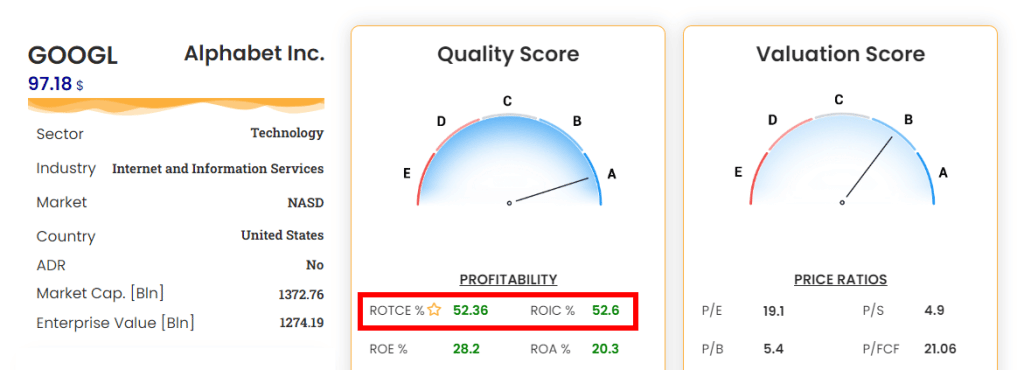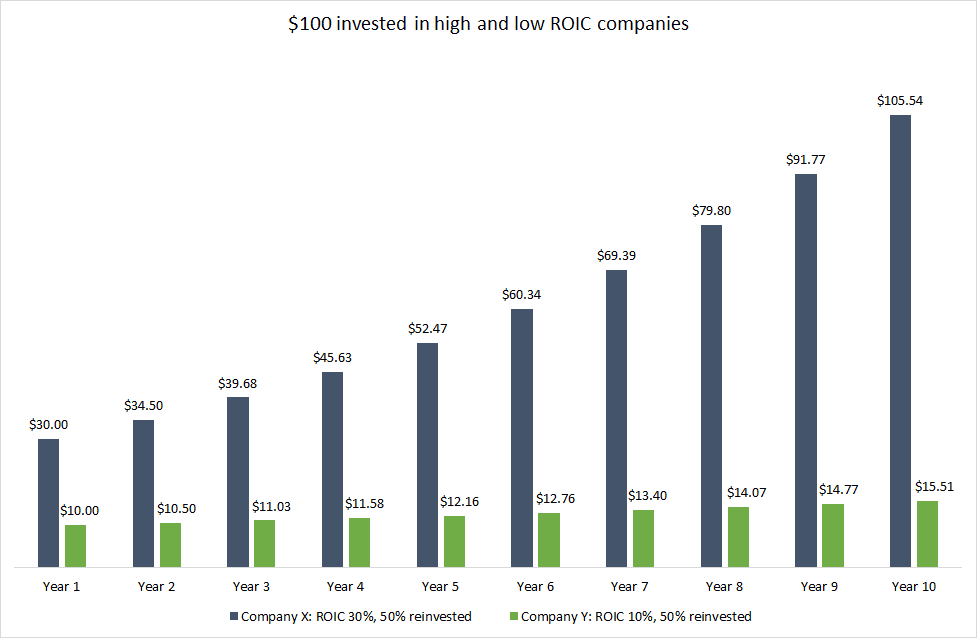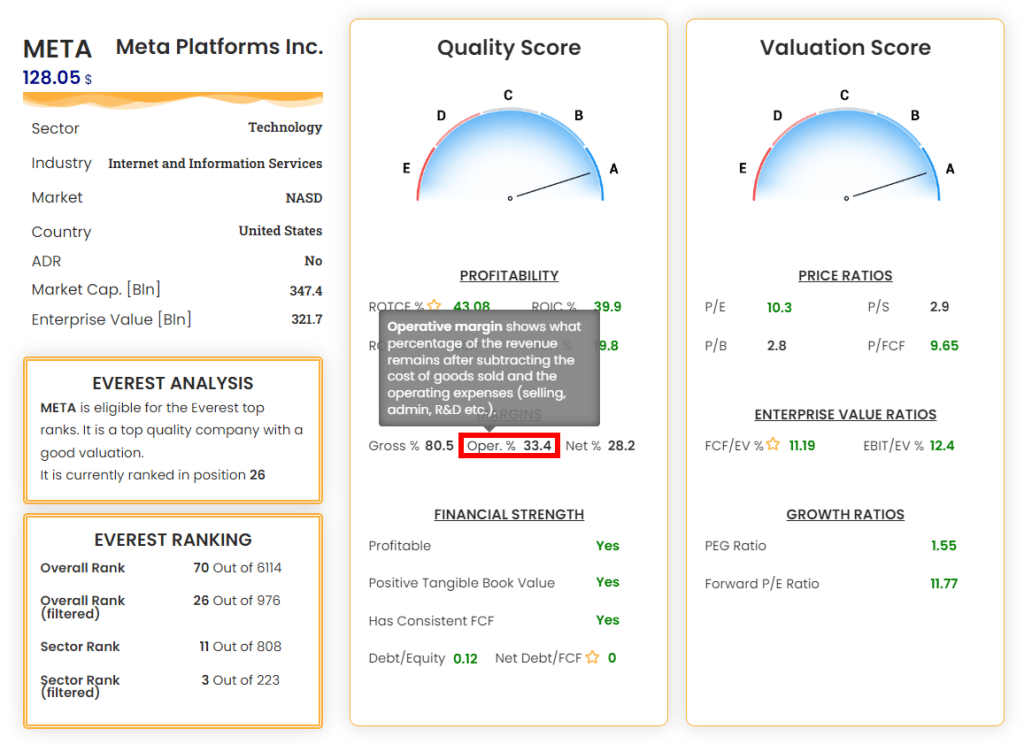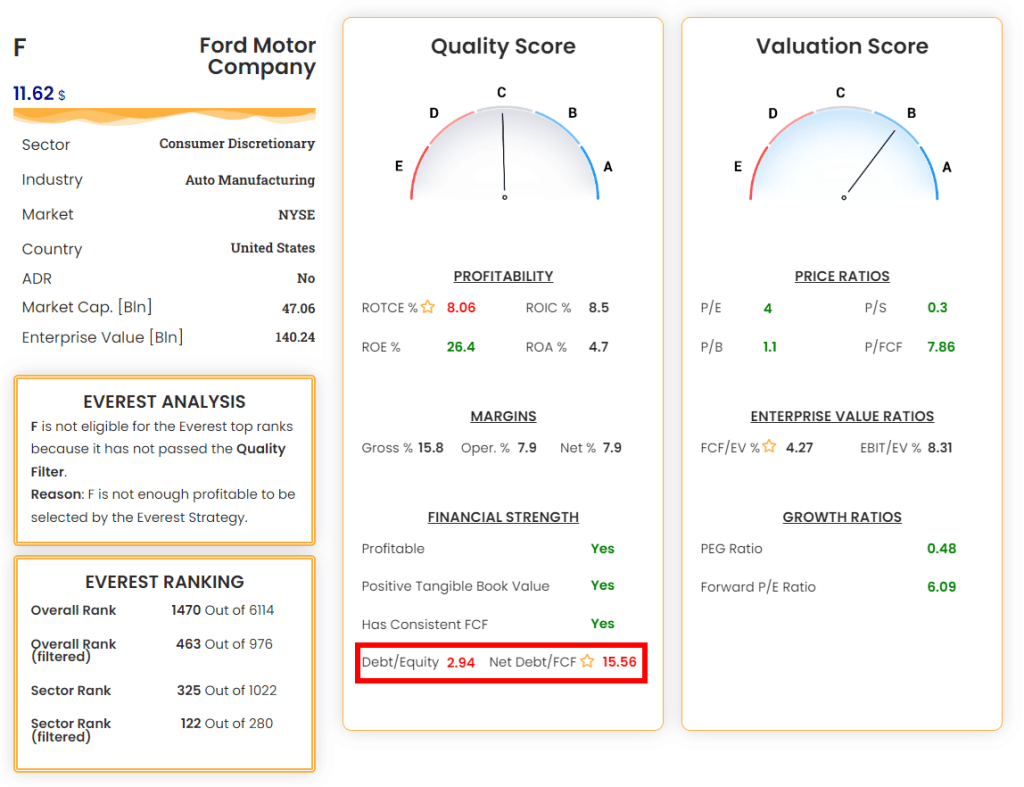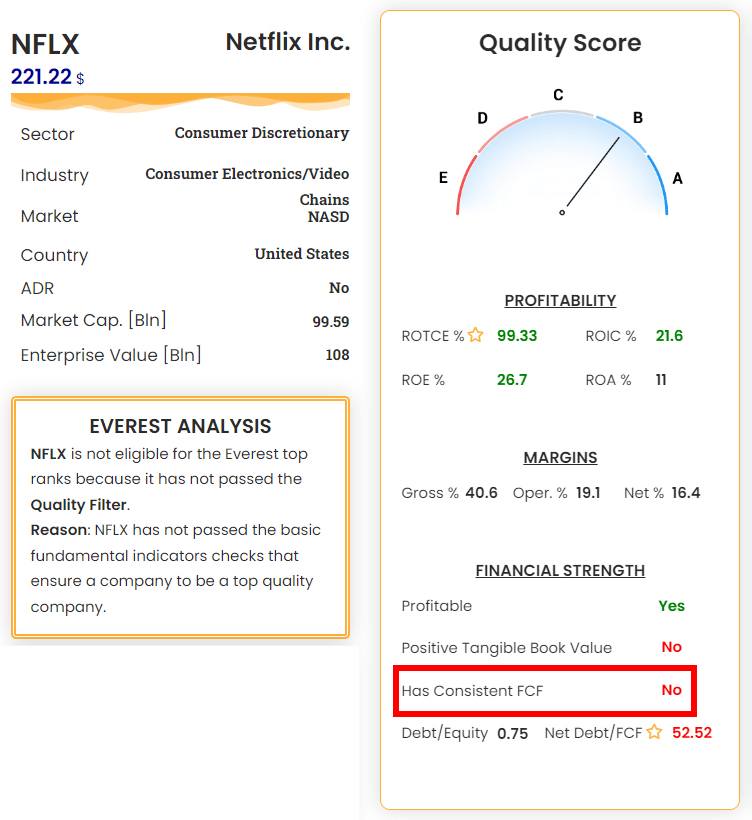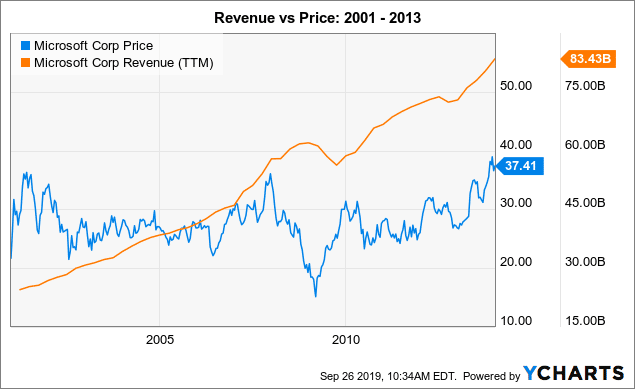- Before putting your money in a stock, you should deeply analyze the business, find the competitive advantage and risks, and check whether the stock is a good investment.
- This article will highlight 7 essential factors that will teach you how to avoid mistakes while choosing stocks and help you understand a company before investing in it.
Are you interested in buying the best stocks and avoiding bad companies? Premium members can use the Everest Screener to get the most valuable companies to invest in for each sector every day. Join now!
Introduction
When deciding whether to buy a stock, you must do your homework given that you are investing your hard-earned money. Your goal should be finding companies having a good value, especially when buying a stock for the long term.
Before putting your complete trust in a company, you should do thorough research, analyze the stock’s fundamentals and ensure that the stock fits well in your overarching portfolio.
Indeed you are not just buying a stock, you are becoming a shareholder in that company, and therefore as an investor, you should do an in-depth analysis.
We can highlight 7 key factors to check to avoid mistakes in your choices, which will help you deeply understand a company before becoming an investor in it.
7 Types of Stocks to Avoid
1) Companies with low return on investment
The basics of the return on capital (whether ROIC, ROCE or ROTCE) is simple: it tells us how much profit is generated compared with the capital invested to generate it, represented as a percentage. A ROIC of 10 percent tells us that the company is generating $10 of profit with $100 of capital.
ROIC is critical for three reasons:
- ROIC indicates how much wealth is created through growth. One important thing to remember is that growth is not always positive for a company. In fact, if ROIC is inferior to WACC (average cost of capital), the company is spending more to finance growth than the earnings resulting from such growth. And therefore, the company is paying more than profiting from growth, destroying shareholder wealth.
- Studies in finance have shown that ROIC assesses a company’s valuation much better than earnings growth. This is because a high ROIC causes a growing company to have exponential growth in its profits over the long term.
- ROIC is an excellent indicator that explains how well the management team spends effectively on profitable investments to increase the shareholder’s wealth. It also explains whether the company has a competitive advantage over other companies. It talks about superior innovation, a better brand, a unique strategy, etc.
On the other hand, if the company has a low ROIC, it does not have attractive investment opportunities to increase shareholder wealth in the long run. Companies with low ROIC often pay out their cash flows in dividends rather than reinvesting them in the business.
In general, avoid companies where the ROIC is consistently lower than the cost of capital. The company is destroying shareholder value by borrowing money to invest in “growth” projects.
2) Companies with low operative margins compared to competitors
Operative Margin is a robust measure of how effectively the company is managed and is efficient at creating profits from sales. Investors and lenders pay special attention to it because it reveals the percentage of revenues available to support non-operating expenditures such as paying interest, debt, and taxes.
Very dynamic operative margins are a leading sign of company risk. On the other hand, looking at a company’s previous operating margins is an excellent approach to see if its performance is improving. Better managerial controls, more effective resource utilization, smarter pricing, and more effective marketing can all help to increase the operating margin.
When a company’s operative margin surpasses the industry’s average rate, it is considered a sign of competitive advantage, implying that it is more successful than similar businesses. While the typical margin varies by industry, firms can gain a competitive edge by boosting sales or cutting expenses.
Let’s look at a concrete example. Intel and Nvidia are two major competitors in the semiconductor industry (mainly CPUs and GPUs):

From the trend of operating margins, we can see that NVIDIA, over the past few years, has been increasing its operating margins at the expense of Intel, an indicator that Nvidia currently has a competitive advantage.
3) Companies with high debt
Debt is a way for companies to obtain money for day-to-day operations or to purchase assets. When debt levels get out of control, it can be a considerable problem, as interest payments can become suffocating. Companies with high debt-to-equity ratios often have difficulty repaying debts above a certain threshold, especially during an economic downturn.
Investors should consider the debt/equity ratio and the debt/free cash flow ratio. The former is a measure of the leverage used by the company. The latter gives an idea of how many years of company cash flow it takes to cover its debts.
It would be hard for a company with high debt to repay the outstanding debts in a crisis. This is not necessarily a problem when a company is doing well, but it is not a good situation in the long run.
In the example below, Ford would appear to be an attractive company from a valuation perspective, but it has very high debt by both metrics and poor profitability. As a result, Ford may be a “Value Trap”.
4) Companies with recurring negative free cash flow
Negative free cash flow means the company spends more money than it receives. Although a single annual negative cash flow is not inherently harmful, in most cases, this financial asymmetry is not sustainable or viable for the company. Ultimately, the company needs sufficient cash to cover operating expenses. Therefore, uncontrolled or neglected negative cash flow can make the company unprofitable and increase the risk for the investor.
It could signify low profits, excessive investments, poor financial planning, and new debt to finance operations.
In the following example, Netflix (NFLX) has a history of negative free cash flow, mitigated only in the last two years. This means that Netflix has not been able to sustain itself through its operating cash but has had to rely on other sources, such as debt (rising sharply, as seen in the graph) or dilution of investors’ shares.

5) Good but overvalued companies.
We often hear, “if a company is a high-quality company, it doesn’t matter what valuation you buy it at”. This was the case with Microsoft (MSFT) in 1999 before the dot.com bubble burst. Investors at that time had outsized expectations of the tech sector, so they were willing to pay Microsoft 80 times its earnings (PE Ratio). From that point on, here is the performance of Microsoft as a company, compared to Microsoft as a stock:
While the company has indeed had good growth (approx. 9% CAGR), its stock had no returns for investors for 13 years. How is this possible? Quite simply, the stock went from being extremely overvalued in 1999 to gradually becoming undervalued until it had a PE ratio of 10 in 2012: investor sentiment toward the company shifted.
Investing in companies with inflated valuation multiples carries a high risk of negative returns in the following years if these metrics become compressed due to a shift in market sentiment. This usually happens regardless of the quality of the underlying company.
6) Value Traps (i.e. apparently undervalued but low-quality companies).
A “Value Trap” is a company that appears to be undervalued because it has low valuation multiples (e.g., FCF/EV, P/E, P/S…) but is likely that its price will continue to fall because of the low quality of its business. A value trap can attract investors looking for a bargain because the stock seems cheap compared to the stock’s historical multiples, competitors, or the general market.
Indeed, it is a common practice in the stock market to buy low to sell high. However, it should be remembered that the fact that the price of a stock is low, relative to the past, does not make it a good buy. Conversely, the fact that the price is at all-time highs does not mean it is a bad investment.
But how to avoid Value Traps? A good investment should be based on both quality checks and valuation checks.
The quality checks should be done on multiple sides, going to check the current metrics of profitability, debt, and margins but also checking the trend and growth of these values over time. Some questions to ask yourself before investing are:
- Has the company grown its sales and profit in recent years?
- Is debt increasing or decreasing?
- Has there been a recent management change? Is the new management corrupt or incompetent?
- Could a new company or a change in customers’ behavior seriously jeopardize the company’s business?
7) Companies with a bad management
Management is one of the most crucial aspects of valuing a company. Management decisions could make the difference between a successful story and bankruptcy. However, evaluating management is difficult because many aspects of the management job are intangible.
There is no magic formula for evaluating management, but there are factors to which you should pay attention.
Here are some aspects, both qualitative and quantitative, that need to be considered when valuing a company’s management:
Qualitative aspects
- Tenure: One good indicator is how long the CEO and the top management have been serving the company. Bad management usually is fired after a short period or takes advantage of short-term bonuses that the company offers to them before moving to the next company.
- Salary based on long-term goals: you can look at the executive compensation plan section’s annual report (10k). Here you can see whether management is paid based on long-term goals (indicators on 3/5/10-year turnover or profits) or short-term goals That do not help the company’s growth (e.g., 1-year stock price performance).
- Buybacks: good management does buybacks at the right time, i.e., when the company is considered undervalued
Quantitative aspects
- Debt management: check the current level of debt and the debt trend over time.
- Increasing profitability: good management increases profitability over time by making the right choices regarding capital allocation.
7 Types of Stocks to Avoid – Conclusions
Before you buy any stock and add it to your portfolio, you should be sure to buy only the best companies at a bargain price. Stock screeners like Everest Formula can help you filter the companies that meet your investment requirements and understand the stocks to avoid. If you are interested in finding the best stocks to own, consider Joining our community.
Happy Investing!

